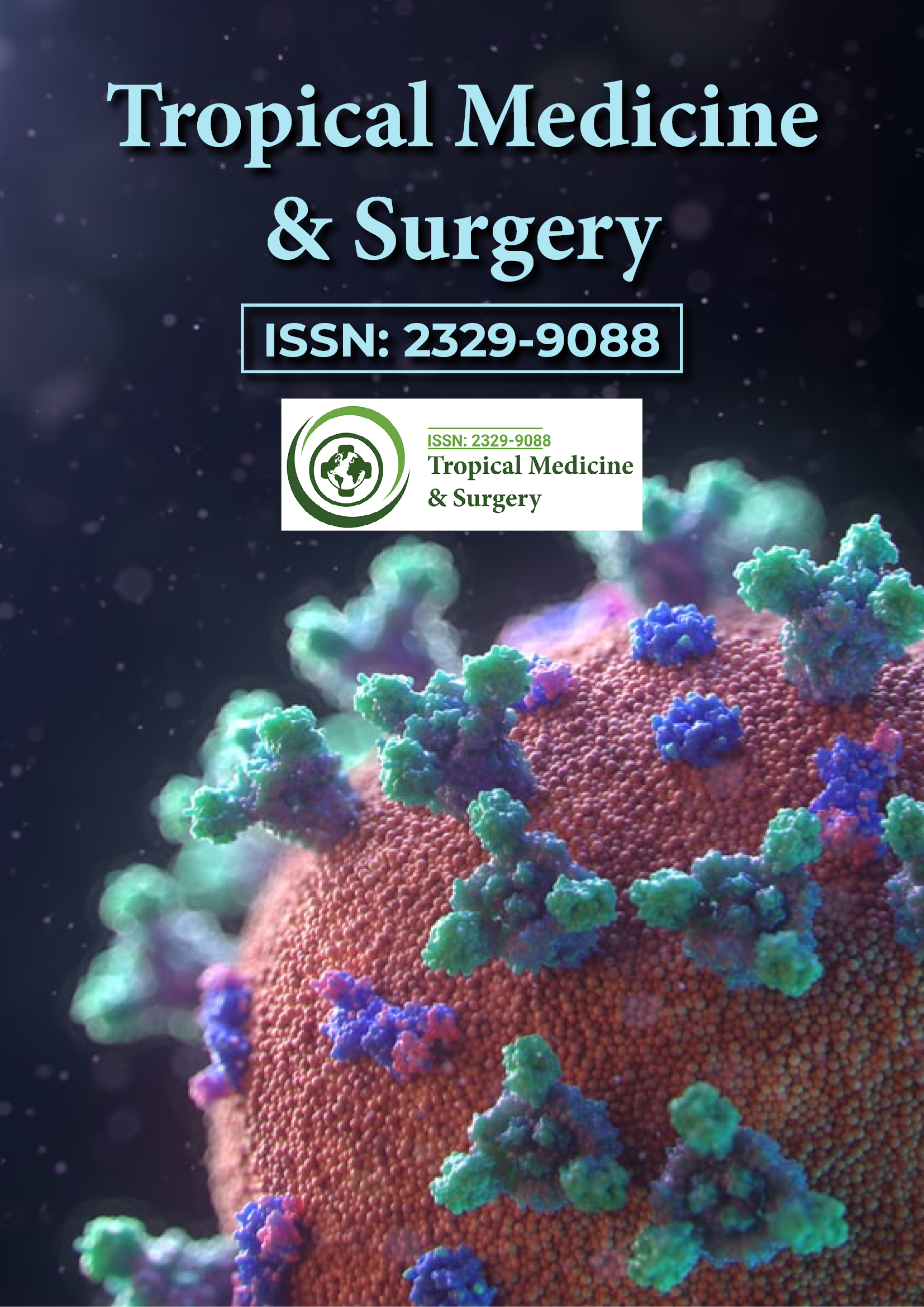Indexed In
- Open J Gate
- Academic Keys
- RefSeek
- Hamdard University
- EBSCO A-Z
- OCLC- WorldCat
- Publons
- Euro Pub
- Google Scholar
Useful Links
Share This Page
Journal Flyer

Open Access Journals
- Agri and Aquaculture
- Biochemistry
- Bioinformatics & Systems Biology
- Business & Management
- Chemistry
- Clinical Sciences
- Engineering
- Food & Nutrition
- General Science
- Genetics & Molecular Biology
- Immunology & Microbiology
- Medical Sciences
- Neuroscience & Psychology
- Nursing & Health Care
- Pharmaceutical Sciences
Abstract
Short Term Outcome of Haemorrhagic Shock in Trauma at Mulago Hospital, an Urban Tertiary Hospital in Sub Saharan Africa
Moses Elaju, Peter A Ongom, Stephen C Kijjambu, Robert Wangoda and Patson Makobore
Introduction: Trauma is a major public health hazard, contributing significantly to mortality. It is the leading cause of death among adolescents and young adults worldwide. Road traffic injuries come top of the list of forms of trauma in urban areas, with more than 3000 deaths occurring daily. Most deaths (85%) occur in low and middle income countries and are a result of shock secondary to haemorrhage. There being a dearth of documented information on the short term outcome and associated factors of haemorrhagic shock in a Sub Saharan setting, a study to this effect was conducted. Methods: A prospective descriptive cohort study was conducted from October 2012 to March 2013, involving patients attending Mulago National Referral and Teaching Hospital’s Accident and Emergency Department, who had traumatic haemorrhagic shock. Patients aged 5 years and above and of both genders were included. They were managed according to the ATLS guidelines and followed-up for 24 hours. The outcomes were: the 24 hour survival or mortality of these patients; the adequacy of resuscitation of the survivors; and the distribution of factors known to affect mortality. Results: A total of 55 participants, 40 (72.7%) of them males, were recruited. The mean age was 27.2 years. There were 16 (29.1%) deaths in 24 hrs. Of the survivors, 13 (33.3%) of them were inadequately resuscitated when clinical signs alone were used to monitor resuscitation. Grade IV shock, time since injury, and the need for major surgery to control bleeding, contributed significantly to mortality. Conclusion: The 24 hour mortality due to haemorrhagic shock at Mulago Hospital is slightly lower than that reported in some studies but strategies to reduce it further need to be explored
